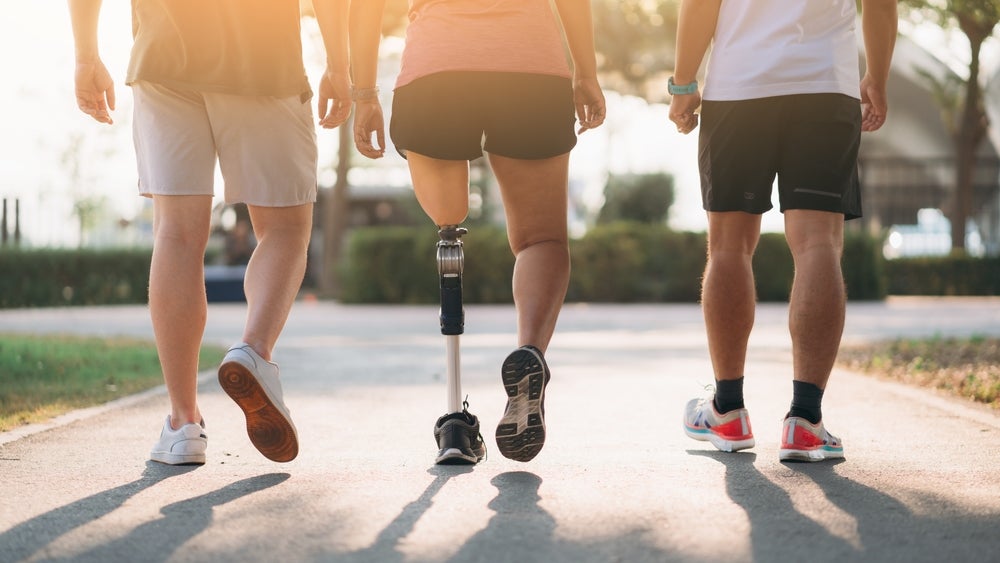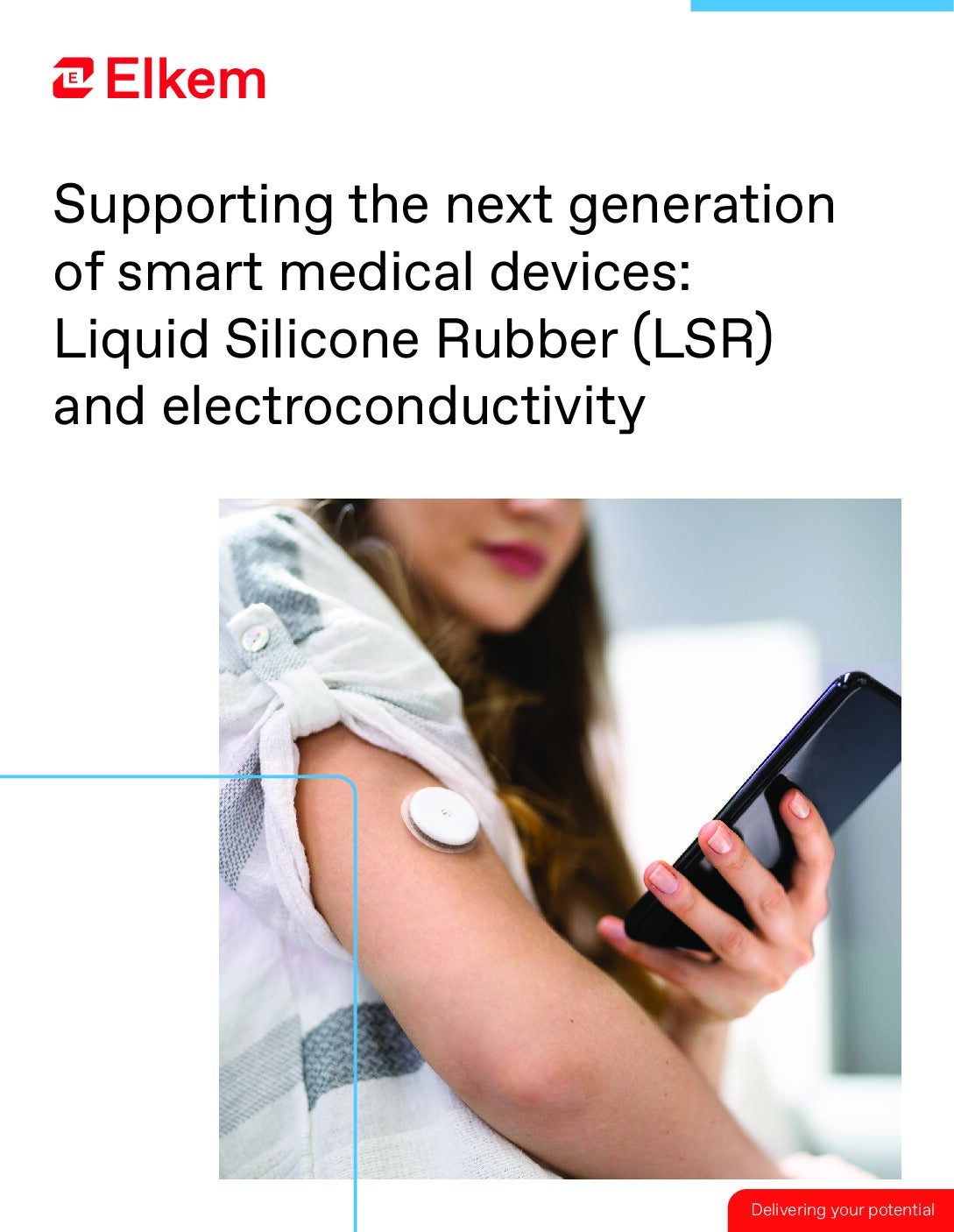
Patient-specific devices have long been the dream of the healthcare industry. Now, recent advances in technology are paving the way for new digital design and production methods, bringing the reality of customised devices closer.
In particular, the combination of computer-aided design and additive manufacturing (also known as 3D printing) is of wide interest. A key benefit of this approach is the ability to produce devices with more intricate structures than is possible with traditional modes of manufacturing. The other draw is the flexibility of additive manufacturing, which gives greater design freedom and the ability to perform rapid prototyping at a low cost.
“3D printing is much more flexible and has more possible variance than the traditional casting manufacturing mode, where you make the mould and then your casting,” says Karsten Schlichter, global business development manager at Elkem Silicones.
“You can’t fine-tune a mould with the same level of detail that you can with a digital model. Also, each time you make a modification you need to test it. If it works, fine. If it doesn’t, you have to do the whole process again, with iterations and iterations. That costs time, and time is money.”
With 3D printing, Schlichter says the time between conception, prototype and final product can be much quicker (> 70% in time savings have been reported), with rapid iterations made directly to the digital concept and conveyed to the prototype.
New approach to implant manufacturing
GlobalData predicts that customisation, lower production costs and quick turnarounds will drive the growth of the medical 3D printing market, which is forecast to rise from just over $2 billion in sales in 2022 to $4 billion in 2026, at a staggering compound annual growth rate (CAGR) of 21%.
According to the data and analytics company, the next stage of 3D printing’s adoption in the medical industry “is likely to be centered around more personal treatments, such as printing custom pharmaceuticals at low cost, or printing custom organs and medical devices tailored to patients at their bedside”.
There is a lot of excitement about the possibility of solving the worldwide shortage of organs by printing these complex body parts from scaffolds, human cells and biomaterials. The potential to use cells from the patient’s own body would help to minimise the chance of their system rejecting the transplant – a major challenge with these procedures.
Orthopaedics is one of the most advanced fields for additive manufacturing integration. Many 3D-printed devices are already on the market in this segment, including craniofacial implants, acetabular cups, knee implants and spinal cages, besides surgical instruments. These devices can be printed in stainless steel, titanium, ceramics or high-performance plastics.
3D-printed prostheses?
Prostheses is another field that is expected to benefit from the customisation that 3D printing allows.
According to Schlichter, one challenge when producing prostheses such as artificial limbs is that every amputee is different, yet the interface between the mechanical device and the patient’s skin needs to be as well-fitting and comfortable as possible.
Elkem Silicones has supplied medical-grade silicone to the manufacturers of prosthetic liners for decades, enabling patients to benefit from the softness and high performance of the material.
Schlichter says: “When it comes to prostheses and prosthetic liners, it’s all about comfort, enabling people to participate again in daily life and being comfortable to go out without a wheelchair. The different designs and internal structures achieved with 3D printing allow you to adapt the device more specifically to the patient.
“You can gain a better fit with, for instance, better shock absorption,” he continues. “The patient will have less scars caused by the device. There are a range of mechanical properties that you can conceptually design, and 3D printing allows you to achieve those by fine-tuning specific parts of the device and adapting them to the patient.
“You can also combine soft and hard materials inside the print by using different types of silicone, without having to assemble different parts.”
Customised designs for orthotics
The same science can be applied to orthotics – a fast-growing industry due to the increasing number of patients being diagnosed with diabetes mellitus, approximately 60% of whom will develop neuropathy, which often leads to a foot ulcer.
“You can design the specific zones of the silicone insole to the shape of the patient’s foot in order to have the best comfort and shock absorption when they walk,” says Schlichter.
Both the orthotics and prosthetics fields are expected to benefit from the advancements being made in additive manufacturing and material science, enabling more efficient workflows and the creation of patient-customised devices.
Silicone has been a material of choice for medical device manufacturers in these fields for decades, and Elkem is now exploring how its market-leading, medical-grade Silbione™ can be adapted for this next-generation mode of manufacturing.
The future for 3D printing is bright, and silicone will play a critical role in its application to prosthetics and orthotics.
To combine the advantages of additive manufacturing with the material’s unique properties and versatility, Elkem developed its AMSil™ line. This includes the AMSil Silbione™ 24 000 series for restricted medical applications, which are intended to be used in liquid deposition modelling, a technology based on extrusion principles.
To learn more about the use of 3D printing in the medical devices industry, download the whitepaper and case study below.



